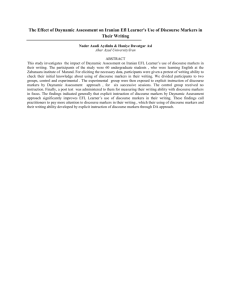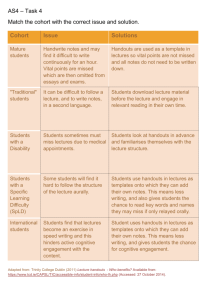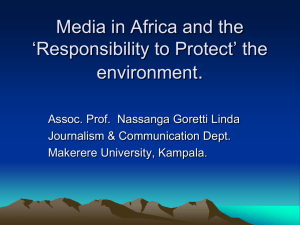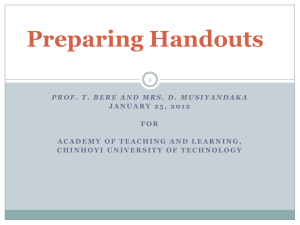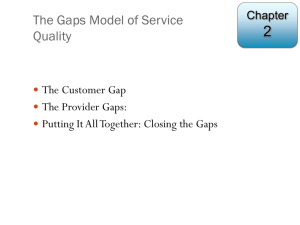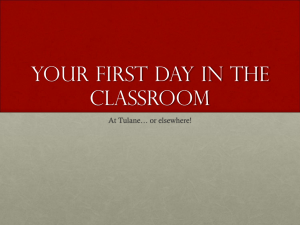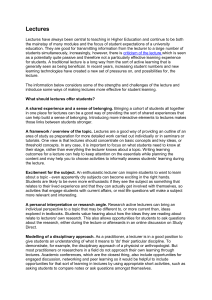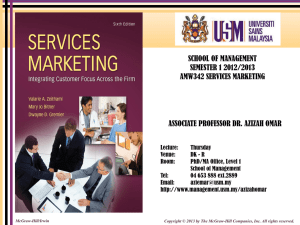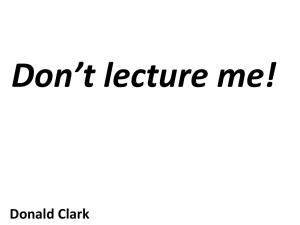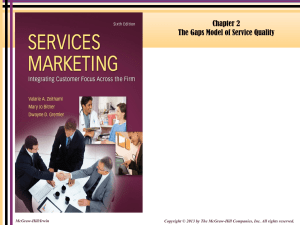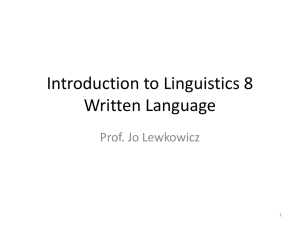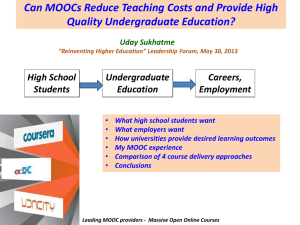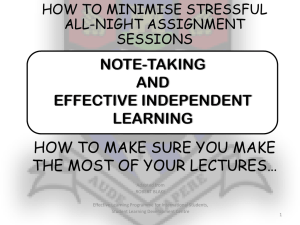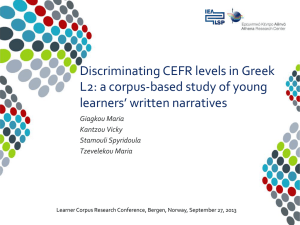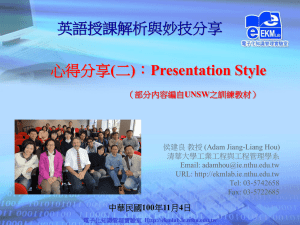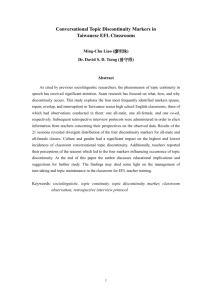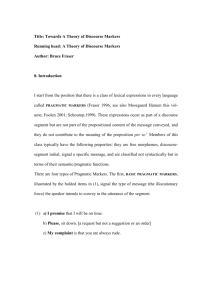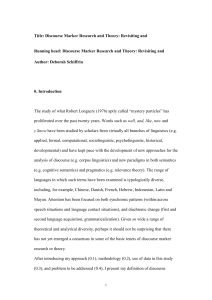UNDERSTANDING LECTURES
advertisement
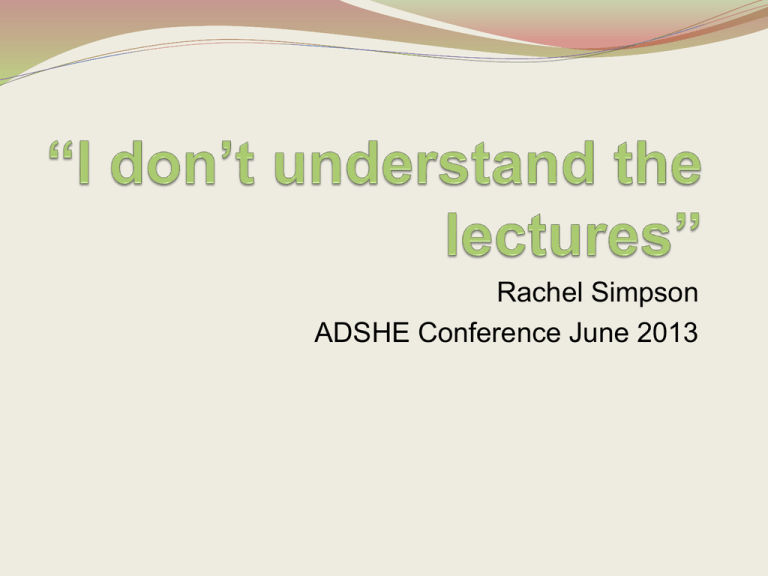
Rachel Simpson ADSHE Conference June 2013 Gaps in Knowledge Poor teaching in previous institution Insufficient application on previous courses Illnesses or absences from school/college Mature Student with a long gap since previous studies Came through non A-Level route Gaps in Skills Not accustomed to having to listen for long periods Has not learned to recognise discourse markers or typical lecture structure Not accustomed to listening and taking notes simultaneously Poor Lecturing Not multi-sensory Talks too fast, or in a monotone, or in very long complex sentences, or uses jargon which is not properly explained Lecture is not structured, has no clear discourse markers, or deviates from the planned structure No opportunity for students to clarify points that are unclear Hearing & Vision Diagnosed/undiagnosed difficulties with hearing or vision General Learning Difficulties Has general difficulties with understanding concepts and procedures Stronger Visual and Practical Abilities Has used strong Visual and/or Practical Abilities to compensate for weaker Verbal Ability on previous educational courses Weak Working Memory Cannot hold information in head long enough and in sufficient quantity to be able to access the meaning of what the lecturer has said Understands each point, but forgets it rapidly once new point is introduced so cannot follow the cumulative thread Slow Phonological Processing Speed Takes time to match verbally presented language to words and meaning stored in long-term memory. Because of delay in processing spoken information, misses key information, or experiences overload and loses concentration. Inattention/Distractibility Has difficulty sustaining concentration in lectures because of distractibility (by own thoughts or external stimuli) Slow Visual Processing Speed & Weak Visual Memory Has difficulty copying or processing visual information from slides, white board etc. Delays in processing mean that visual aids become a distraction LIMITED/INACCURATE VOCABULARY KNOWLEDGE AND GRAMMAR Resulting from any of the previously listed difficulties and/or a reading or listening style which Skips or ignores unfamiliar words or Guesses at unfamiliar words INITIAL QUESTIONS TO ASK By what route did the student arrive at university Were difficulties with comprehension of spoken presentations apparent previously at school/college Are problems with comprehension present in all lectures, or only specific ones If the problem is only present in specific lectures, do they relate to one particular subject or one particular lecturer. At what point in a lecture does the student lose concentration In ordinary conversation does the student often lose track of what others are saying or experience a delay in understanding Are visual aids provided in the lecture and if so does the student find them helpful, or a distraction Is the student experiencing any difficulty with hearing o r seeing in the lecture Are any drop-in or catch up sessions provided for the modules in which the student is experiencing difficulty. EXPLORATORY TASKS Ask the student to: talk you through the handouts from recent lectures read out loud a short passage from a relevant textbook or journal and explain to you what it (and any key vocabulary) means, sentence by sentence and overall PREPARING IN ADVANCE Advance preparation increases the student’s chances of understanding, remaining focussed and remembering. Read lecture handouts (if available) together in advance to identify Gaps in vocabulary knowledge Gaps in assumed previous knowledge Framework of the lecture FILLING IN GAPS Model how to use lower level textbooks, a single chapter from a current textbook, and/or the internet to provide a framework for understanding fill in gaps in knowledge Model how to look up meaning and pronunciation of any key vocabulary or jargon, and how to use visual, auditory and kinaesthetic memory techniques to learn the vocabulary STRUCTURE AND DISCOURSE MARKERS Help student to recognise Typical lecture structure for his/her subject Discourse markers which help identify structure (eg “ I am going to talk about”, “five key points”, etc), cause/effect relationships etc. Writing Up a Scientific Experiment Reasons for undertaking the experiment Hypothesis Materials used Method Results Conclusion Practical Implications Reaction from Scientific Community Subsequent adaptations/modifications Physiological Approach Systems of the human body Cell Tissue Organ System Immune System Antibody White Blood Cell Circulatory System Bacteria/Virus Molecular Structure Attack at Cell level Attack at system level Interraction between immune systems and bacteria/virus Developing an active curiosity about language Exploring origins and interrelationships between, words Encourage the student, when reading or listening, to actively look out for and note down (for further exploration) new vocabulary Hypothesis – to suppose Thesis – to put forth something (idea/proposition) Hypo = under Hypothesis NOTE-TAKING Emphasise that multi-sensory note-taking strategies are an effective method of remaining actively focussed and engaged through a two or three-hour long lecture. Encourage and model re-reading of handouts and notes soon after a lecture to identify specific items not understood, and to assist embedding of knowledge ATTENTION Developing framework of understanding before the lecture may reduce processing overload and increase length of time the student can concentrate Bramham & Young (2007) ADHD in Adults: A Psychological Guide to Practice Wiley, Chichester. have some excellent tips on ways of minimising distractibility and maintaining focus. Becoming Independent Aim: to move from “I don’t understand the lectures” to “Please could you explain this point here” Method: repeated modelling of Advance and post-lecture engagement with handouts, textbooks and notes Use of structure and discourse markers Active engagement with language and with lectures Outcomes: Student learns to identify for himself or herself specific points that need further explanation and take those points to his or her subject tutor. Lecturer/friends better able to explain and respond positively

